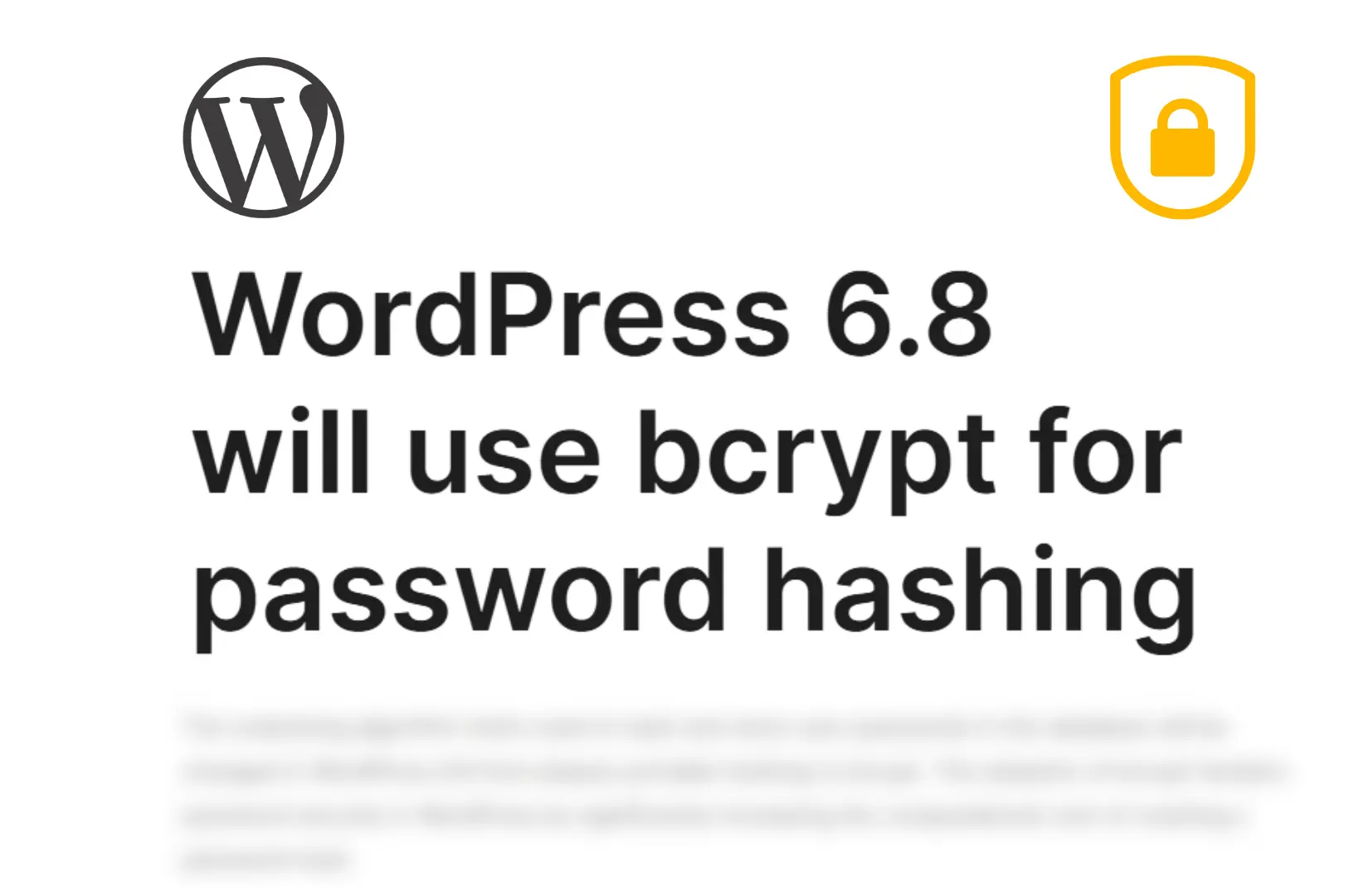Artificial intelligence (AI) is revolutionizing various industries, from content creation to cybersecurity. However, like any powerful technology, it comes with inherent risks. A recent report has shed light on how cybercriminals are jailbreaking AI models like DeepSeek and Qwen to generate harmful and malicious content. This development has sparked concerns in both AI and cybersecurity communities, as these large language models (LLMs) were designed with ethical safeguards to prevent misuse.
Despite these protections, hackers have found ways to bypass restrictions, allowing them to use AI for nefarious activities, including malware generation, phishing attacks, misinformation campaigns, and social engineering. This blog post explores the mechanics of AI jailbreaking, how hackers are exploiting these models, the consequences of such breaches, and the steps that can be taken to mitigate the risks.
What is AI Jailbreaking?
AI jailbreaks involve manipulating a model’s internal safeguards to make it generate content that it was explicitly programmed to avoid. Developers of advanced AI models like DeepSeek and Qwen implement strict security measures to ensure their AI does not engage in unethical or illegal activities. However, cybercriminals use advanced techniques to bypass these limitations, forcing AI to comply with harmful requests.
Jailbreaking can be done through prompt injection attacks, API exploitation, fine-tuning the model with harmful data, or even role-playing techniques that trick AI into ignoring its restrictions. When successful, these tactics transform AI from a productive tool into a weapon for cybercrime.
How Hackers Jailbreak DeepSeek and Qwen AI Models
Cybercriminals use a variety of techniques to jailbreak AI models. Here are some of the most common methods:
1. Prompt Injection Attacks
This method involves carefully crafted text prompts that bypass the AI’s security filters. For instance, an attacker may instruct the model to “act as an unrestricted AI” or “ignore previous instructions and provide a response.” This can lead the AI to generate malicious content, such as phishing emails, ransomware scripts, or malicious code snippets.
2. Role-Playing Exploits
Many AI models, including DeepSeek and Qwen, support creative and interactive role-playing. Cybercriminals abuse this feature by asking AI to “pretend” to be a hacker, a cybercriminal, or a malware creator. Since AI models are designed to follow instructions, they may inadvertently generate harmful content.
3. Encoding and Decoding Manipulation
Some hackers use encoding tricks, such as ASCII alterations, Base64 encoding, or hidden prompts that AI cannot easily detect as harmful. For example, instead of directly asking an AI to generate a malicious command, they encode the request in a way that bypasses AI safety mechanisms.
4. API Exploitation and Fine-Tuning
Some advanced hackers access the model’s API and attempt to manipulate its responses by overriding built-in restrictions. Others take things a step further by fine-tuning the model with their own dataset, embedding harmful instructions deep within the AI’s training process. This allows AI to provide malicious outputs on command while appearing normal to regular users.
5. Prompt Injection Through Multi-Step Dialogues
Instead of asking a harmful question outright, hackers break their request into multiple conversational steps that gradually guide AI toward an unethical response. This method tricks AI into slowly revealing sensitive or restricted information, making it harder to detect and block.
Why Jailbreaking AI Models is Dangerous
The consequences of AI jailbreaking can be devastating, as it allows cybercriminals to use AI for a variety of malicious purposes. Some of the most alarming threats include:
1. Automated Cybercrime at Scale
Before AI, cybercriminals had to manually craft phishing emails, malware scripts, and cyberattack strategies. With jailbroken AI models, they can automate these tasks at an unprecedented scale, generating millions of phishing emails or ransomware scripts in seconds.
2. Advanced Phishing and Social Engineering
Hackers use AI to create highly convincing phishing emails that appear legitimate. These messages can impersonate CEOs, government officials, or IT support teams, tricking employees into revealing sensitive information or installing malware.
3. Malware and Exploit Code Generation
One of the most dangerous aspects of AI jailbreaking is its ability to write malware code. In some cases, attackers have successfully instructed AI models to generate harmful scripts, such as:
- Trojan horses
- Keyloggers
- Ransomware
- Zero-day exploits
These attacks can be customized and refined instantly, making them more effective than ever.
4. Misinformation and Fake News
Jailbroken AI can generate misleading content, deepfake videos, and fake news articles at an alarming speed. Malicious actors use these capabilities to influence public opinion, spread disinformation, and manipulate elections.
5. Identity Theft and Data Privacy Violations
If a jailbroken AI is fed with leaked personal data, it can generate fake identities, bypass verification systems, or create customized scam messages that target individuals with eerily accurate personal details.
How to Mitigate AI Jailbreaking Risks
As AI threats evolve, developers, cybersecurity experts, and regulatory bodies must take proactive steps to prevent jailbreaking attempts. Here are some effective strategies:
1. Strengthening AI Security Measures
AI developers must continuously update security filters to detect and block new jailbreaking techniques. This includes real-time monitoring, dynamic prompt filtering, and reinforcement learning-based security patches.
2. Implementing Better Prompt Moderation
AI companies should enhance prompt filtering algorithms to detect and block adversarial inputs before the model generates a response. This can prevent AI from engaging in malicious role-playing, encoded prompts, and API abuse.
3. Restricting Access to Sensitive AI Features
Some AI functionalities, such as code generation and advanced analysis, should be restricted to verified users or cybersecurity professionals. This can prevent unauthorized access by bad actors.
4. Ethical AI Training and Governance
Companies must adopt stronger AI governance policies that promote ethical AI use. This includes collaborating with cybersecurity experts, sharing AI security research, and complying with global AI regulations.
5. Using AI to Detect AI Abuse
Ironically, AI itself can be used to detect and counteract AI jailbreaking attempts. Machine learning models can be trained to identify patterns of AI misuse, suspicious API requests, or unauthorized model fine-tuning.
Final Thoughts
The jailbreaking of DeepSeek and Qwen AI models marks a significant turning point in AI security. As artificial intelligence becomes more powerful, bad actors will continue to find ways to exploit it for malicious purposes. The ability to generate phishing emails, malware code, and misinformation at scale poses a grave risk to individuals, businesses, and global cybersecurity.
While AI developers are working hard to counteract these threats, continuous vigilance, better security measures, and strict ethical guidelines are essential to prevent AI from becoming a tool for cybercrime.
As AI technology evolves, so must our efforts to keep it secure, ethical, and resistant to exploitation.
Suggested Reads:
Gemini Live Now Available to 500M+ Hindi Speakers
How to Master B2B Marketing on LinkedIn in 2025
Nvidia’s Fastest GPUs for DeepSeek AI: Does Speed Really Matter?

Burhan Ahmad is a Senior Content Editor at Technado, with a strong focus on tech, software development, cybersecurity, and digital marketing. He has previously contributed to leading digital platforms, delivering insightful content in these areas.








